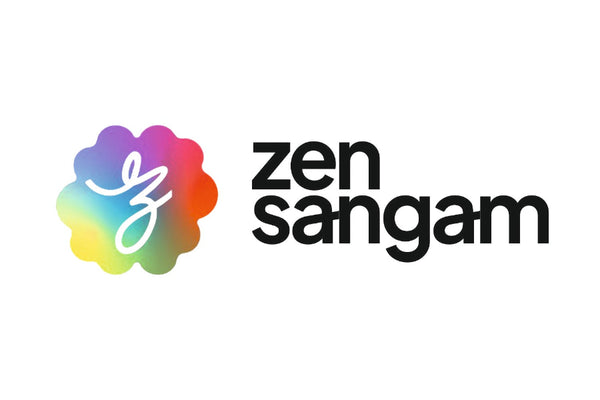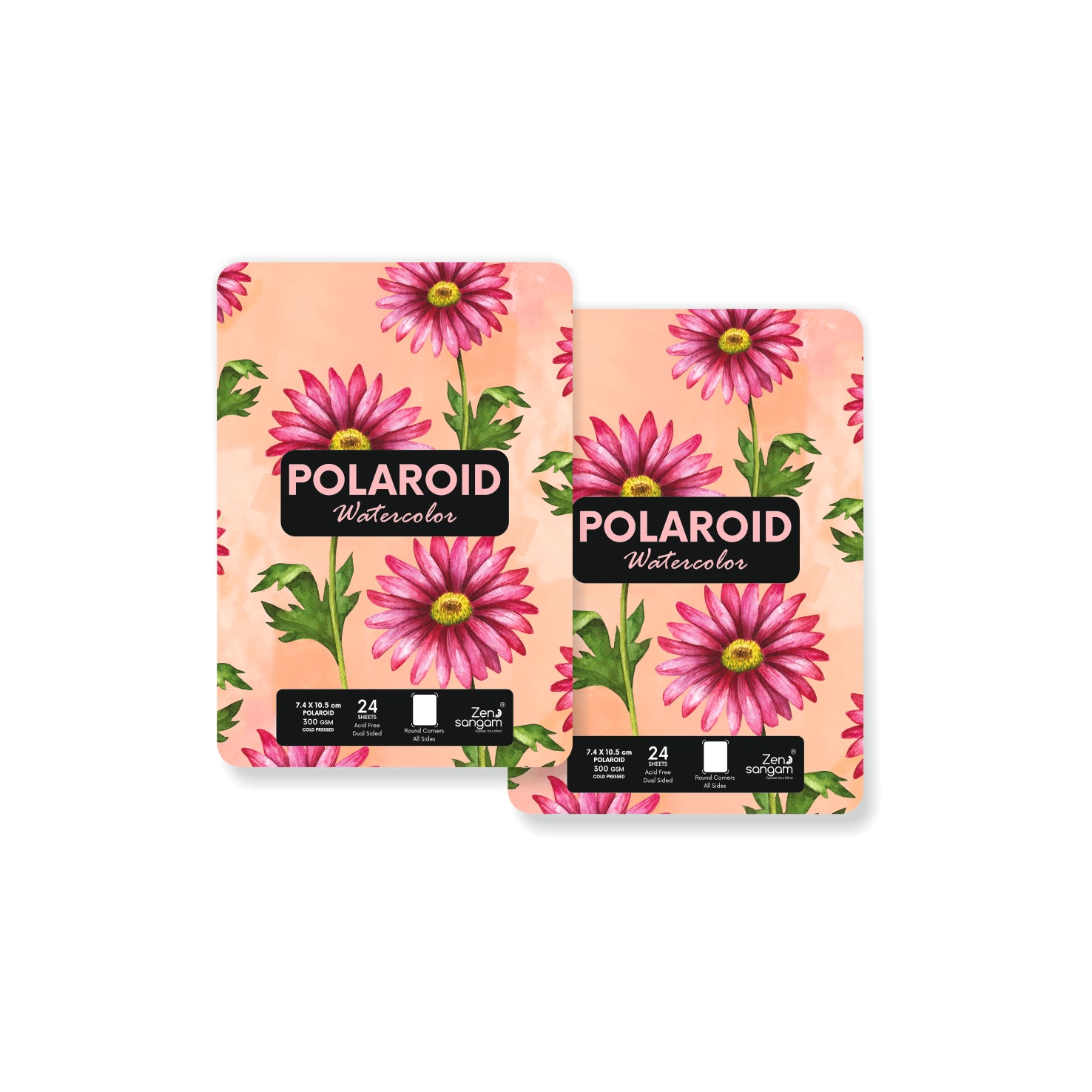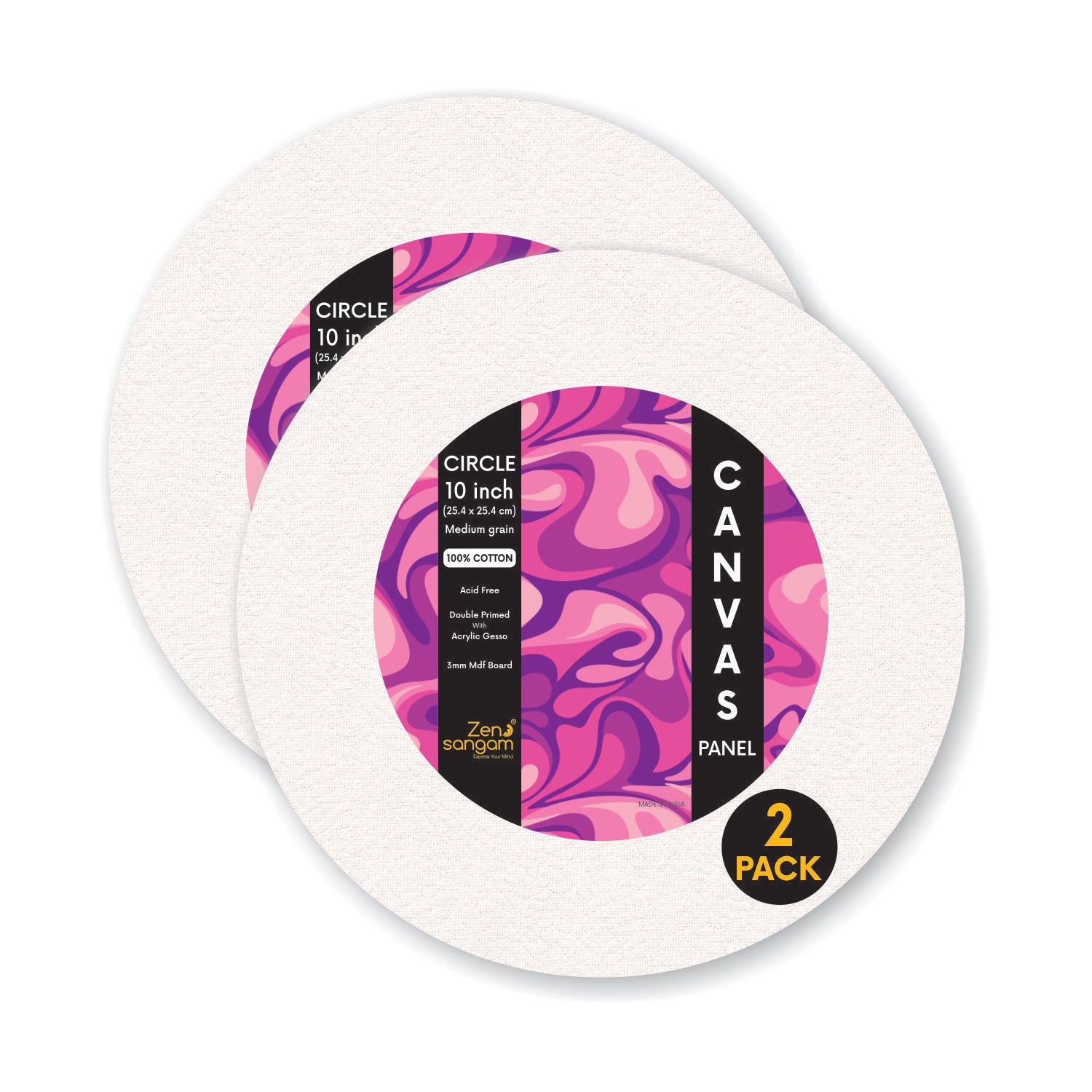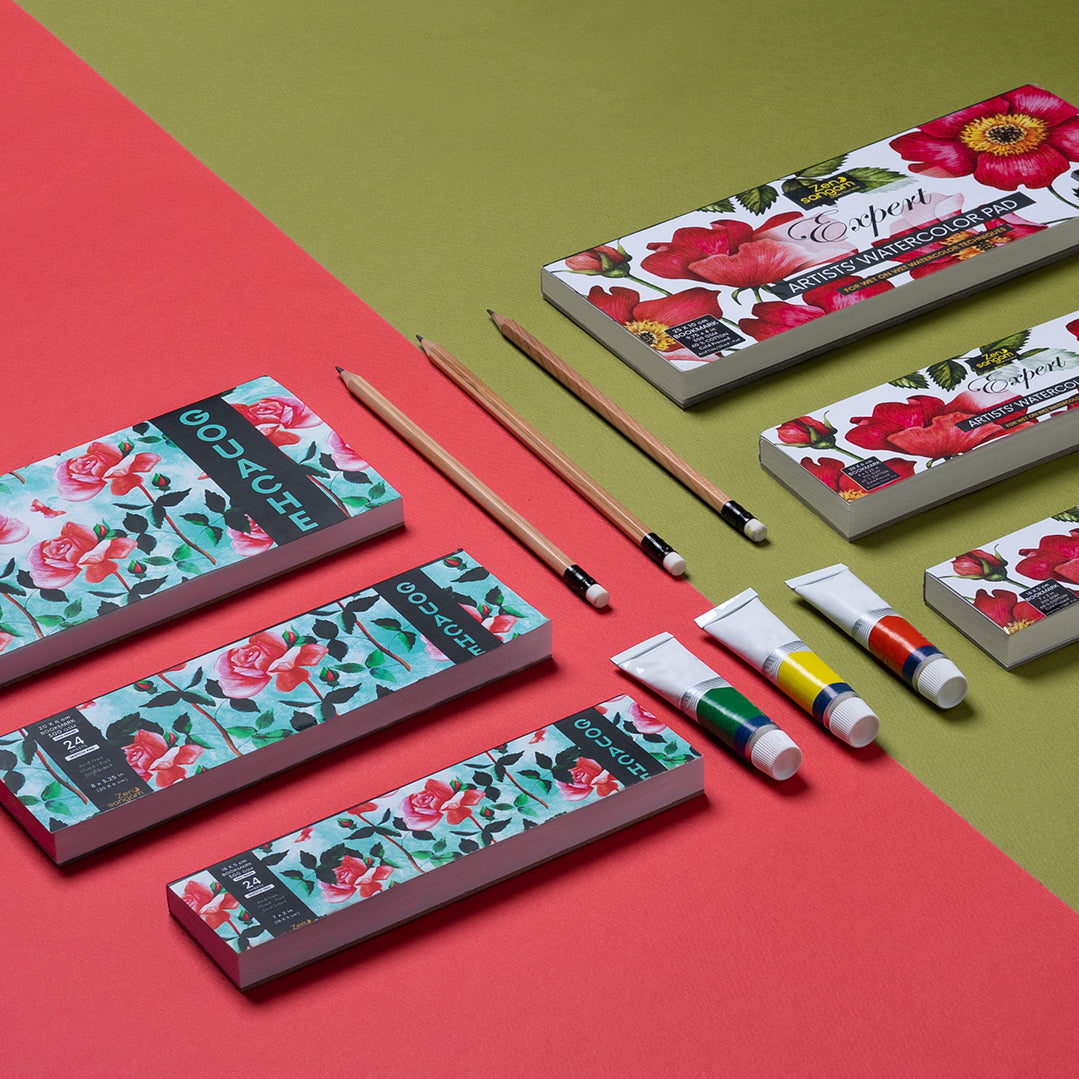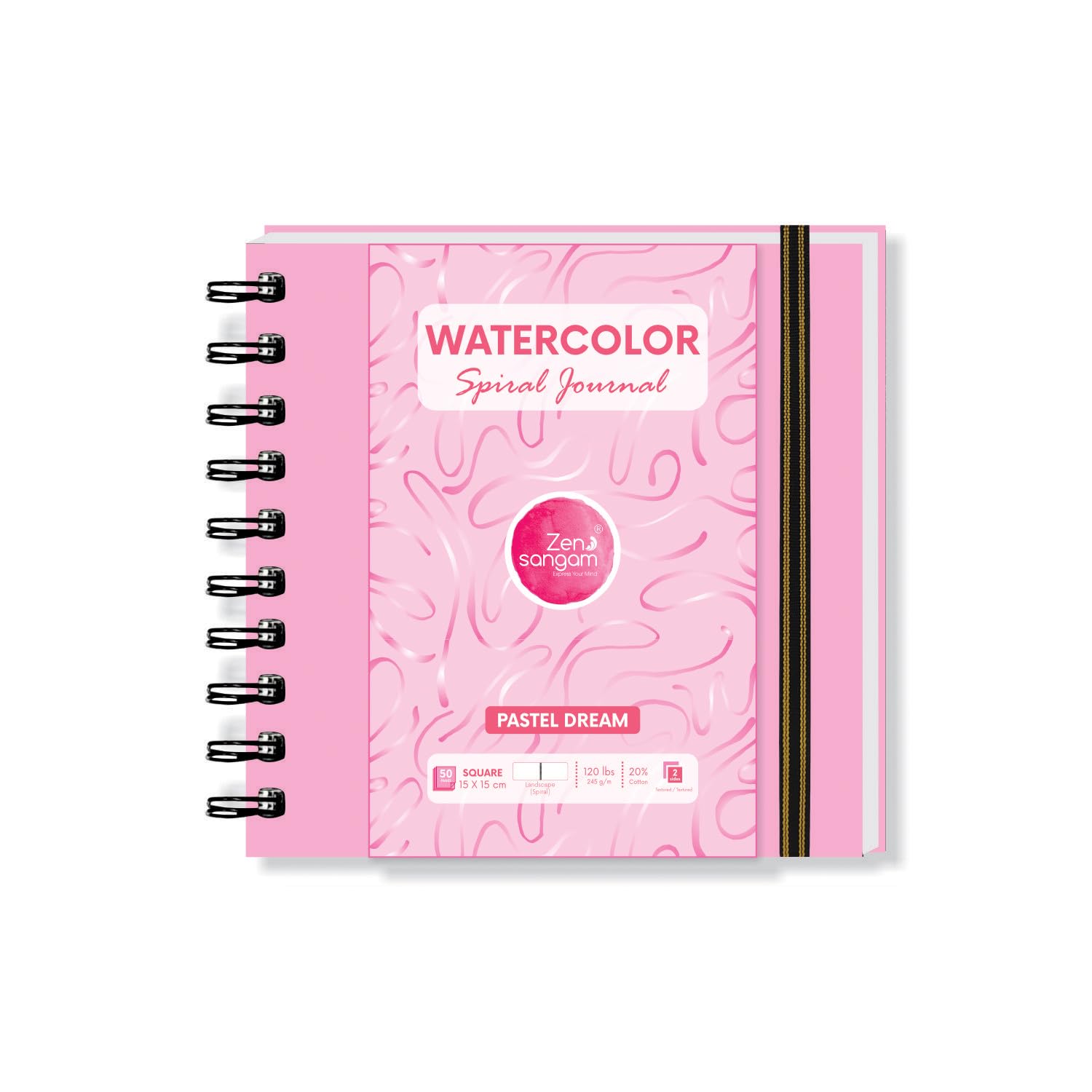Color pencils aren’t just for kids—they are powerful tools of creativity for people of all ages. When used correctly, you can produce lifelike drawings done in brilliant hues. But how do you do that, exactly?

Basic Tips While Using Color Pencils:
- Sharpening Your Color Pencil.
- Hold the pencil sideways so the greatest area of the tip is in contact with the paper.
- Practice by shading two contrasting colors into one another.
- Master the art of burnishing.
- When creating highlights and shadows, avoid the temptation to use black and white.
- Blot, don’t rub, with your eraser.
New to using color pencils? Here are some color pencil techniques you need to know.
Back and Forth:
Move your pencil back and forth in one continuous motion on the paper until you cover the entire area.

Hatching:
To create it, make parallel lines on your paper. They can be vertical, horizontal, or angled, just as long as they don’t touch. Unlike the back and forth method, you will pick up your pencil to create each new line.

Cross Hatching:
In this technique, instead of parallel lines, you form intersecting lines (hence the name). This technique is ideal for creating shading and texture. To ensure that your cross hatching will appear clean and precise, make sure you’ve got a sharp point on your pencil.

Burnishing:
Apply thin layers of color with the back-and-forth technique. Continue this process until the paper has a noticeable sheen. You can also use a tortillion to help in this process.

Scraping:
Scraping can only happen from burnishing. Once you’ve got a lustrous area, take a knife and scrape away at the parts that you want to remove. This technique will probably look scratchy, so make sure you use it in places you want to be highly textured—such as animal fur.

Oil or Alcohol:
Rubbing alcohol or baby oil can alter the appearance of your color pencils. With a cotton swab, soak it in either one of the materials and rub it on your drawing. The effect will smear and blend the pigment.

Watercolor Wash:
Begin painting a layer of watercolor on your paper. Once dry, use any one of the coloring techniques with colored pencils on top of it.

Rubbing:
Find a tactile item like seashells or coins and place a piece of paper on top of them. Then, using your color pencil, move it back and forth across the object. Its ridges and other bumps will show through. For rubbings, you’ll want to use thinner paper; thicker paper is less likely to capture all of an object’s fine details.

Mandala Coloring:
Popular these days are mandala drawings (meditative art) made with colored pencils. Mandala drawing is a beautiful process that mixes colors together to create the effects you want to achieve, and much easier than using paints and the traditional painting techniques. Good color pencils have the quality to blend together. By applying pressure on the pencils one can create light or dark mandala drawings, according to preference.

Zentangle Coloring:
The Colouring book craze has been around for many years and inspired busy grownups to take a moment and create—without deadlines or expectations. But if you’re an avid colorer who’s looking to change up your creative routine, we have something new to try: a Zentangle. Like coloring, Zentangle art is easy to do and offers a relaxing way to engage in art-making and it is an meditative art. Rather than filling in someone’s drawings, however, you are the one producing the patterns.

With patience and skill, you can create so many wonderful designs with your color pencils. If you want to know more about other media, refer these link below
Crayons Using Techniques for Beginners
Felt Tip Pens Using Techniques for Beginners
Markers Using Techniques for Beginners
Oil Pastel Using Techniques for Beginners
Glitter Pens Using Techniques for Beginners
Brush Pens Using Techniques for Beginners
Pencil Shading Using Techniques for Beginners
Charcoal Pencil Using Techniques for Beginners
Oil Painting Using Techniques for Beginners
Acrylic Painting Using Techniques for Beginners
Gouache Using Techniques for Beginners
To explore our Coloring Books
